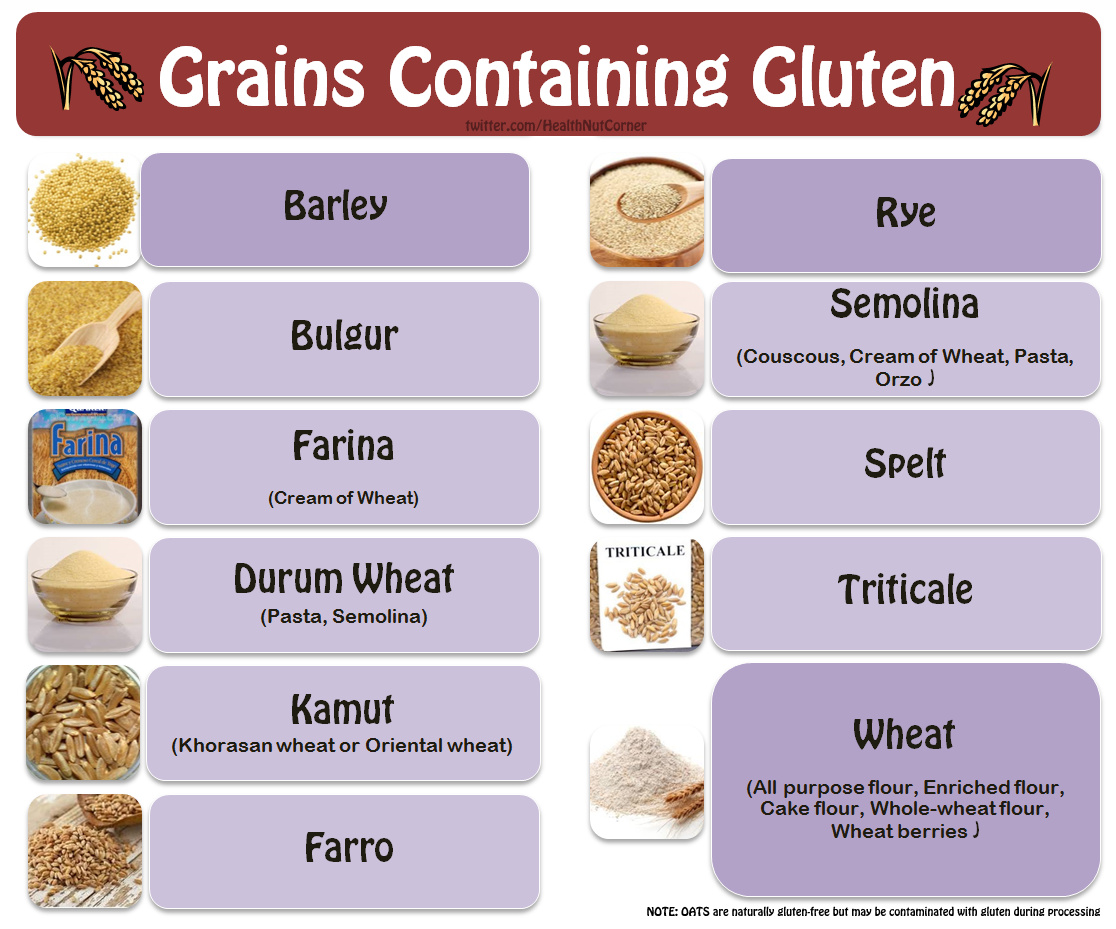Navigating Wheat Sensitivity: Understanding a Common Food Allergy
The aroma of freshly baked bread, the satisfying chewiness of pasta, the flaky crust of a perfect pie—wheat, in its many forms, is deeply ingrained in culinary traditions worldwide. But what happens when this ubiquitous grain becomes a source of distress, rather than nourishment? For some, consuming wheat triggers a cascade of uncomfortable, and sometimes dangerous, reactions. This exploration delves into the world of wheat allergy, aiming to understand its prevalence, implications, and the intricacies of managing a wheat-free existence.
Is wheat allergy truly a common occurrence? While not as prevalent as other food allergies like peanuts or tree nuts, wheat allergy does affect a significant portion of the population, particularly young children. The prevalence of wheat allergy varies across different regions and age groups, but it's undoubtedly a concern worth addressing, especially given the pervasiveness of wheat in processed and prepared foods.
Understanding wheat allergy requires distinguishing it from other wheat-related conditions like celiac disease and non-celiac gluten sensitivity. While all three involve adverse reactions to wheat consumption, they are distinct in their underlying mechanisms and symptoms. Wheat allergy is an immune system response to proteins found in wheat, while celiac disease is an autoimmune disorder triggered by gluten, a protein composite in wheat. Non-celiac gluten sensitivity, though less well-understood, involves digestive discomfort without the immune or autoimmune responses seen in wheat allergy and celiac disease, respectively.
Historically, wheat has been a staple food for millennia, playing a crucial role in the development of agriculture and civilization. Its adaptability, nutritional value, and versatility have made it a cornerstone of diets across the globe. However, the rise of industrial food processing and the increasing use of wheat in various food products have potentially contributed to a rise in wheat allergy prevalence. The precise reasons for this remain complex and are still under investigation.
The importance of understanding wheat allergy lies in its potential impact on an individual's quality of life. Untreated wheat allergy can manifest in various ways, ranging from mild skin rashes and digestive upset to severe, life-threatening anaphylaxis. Accurate diagnosis and appropriate management are crucial to minimizing the risks and ensuring a healthy, fulfilling life for those with wheat allergy.
Diagnosing wheat allergy typically involves a combination of approaches, including a detailed medical history, physical examination, skin prick tests, and blood tests. Elimination diets, where wheat is removed from the diet for a period of time, followed by a controlled reintroduction, can also help confirm the diagnosis. Once diagnosed, managing wheat allergy primarily revolves around strict avoidance of wheat and wheat-containing products. This requires careful label reading, diligent food preparation, and open communication with restaurants and food providers.
Living a wheat-free lifestyle can present several challenges. The ubiquity of wheat in many everyday foods requires constant vigilance. Social gatherings, dining out, and travel can become more complex. However, with careful planning and a growing awareness of food allergies, there are now more resources and support systems available to help individuals navigate a wheat-free lifestyle successfully.
Advantages and Disadvantages of Wheat-Free Diet (for those with wheat allergy)
| Advantages | Disadvantages |
|---|---|
| Elimination of allergy symptoms | Limited food choices |
| Improved overall health and well-being | Potential nutritional deficiencies |
| Increased awareness of food ingredients | Social and dining challenges |
Frequently Asked Questions:
1. What are the common symptoms of wheat allergy? (Itching, hives, swelling, difficulty breathing, digestive upset)
2. How is wheat allergy diagnosed? (Medical history, physical exam, skin prick test, blood test, elimination diet)
3. What foods should be avoided with a wheat allergy? (Bread, pasta, cereals, pastries, sauces, soups containing wheat)
4. Can wheat allergy be outgrown? (Yes, particularly in children)
5. What is the difference between wheat allergy and celiac disease? (Different underlying mechanisms, wheat allergy is an immune response to wheat proteins, celiac is an autoimmune reaction to gluten)
6. What are some wheat-free alternatives? (Rice, corn, quinoa, oats, gluten-free bread and pasta)
7. How can I manage wheat allergy when eating out? (Inform restaurant staff, carefully check menus, consider bringing your own food)
8. Where can I find more information about wheat allergy? (Allergy specialist, online resources, support groups)
In conclusion, while the prevalence of wheat allergy warrants attention, understanding its nuances and adopting effective management strategies can empower individuals to live full and healthy lives. The journey to navigating wheat allergy can be challenging, but with increased awareness, access to resources, and a supportive community, it is undoubtedly a journey that can be successfully undertaken. The key lies in recognizing the symptoms, seeking proper diagnosis and medical advice, and embracing a lifestyle that prioritizes well-being while minimizing exposure to wheat. The world of food continues to evolve, and as it does, so too will our understanding and management of wheat allergy and other food sensitivities, ensuring that everyone can enjoy the pleasures of the table, safely and confidently.
Discovering wall street bends retail gems
Printable butterfly templates a creative journey
Starbucks egift cards the perfect brew for any occasion
/Food-Allergy-IconsGetty-Images-56a307965f9b58b7d0d02169.jpg)












:max_bytes(150000):strip_icc()/the-most-common-food-allergies-1324134-FINAL-545b394b1d724c7faf278a4e1e552679.jpg)